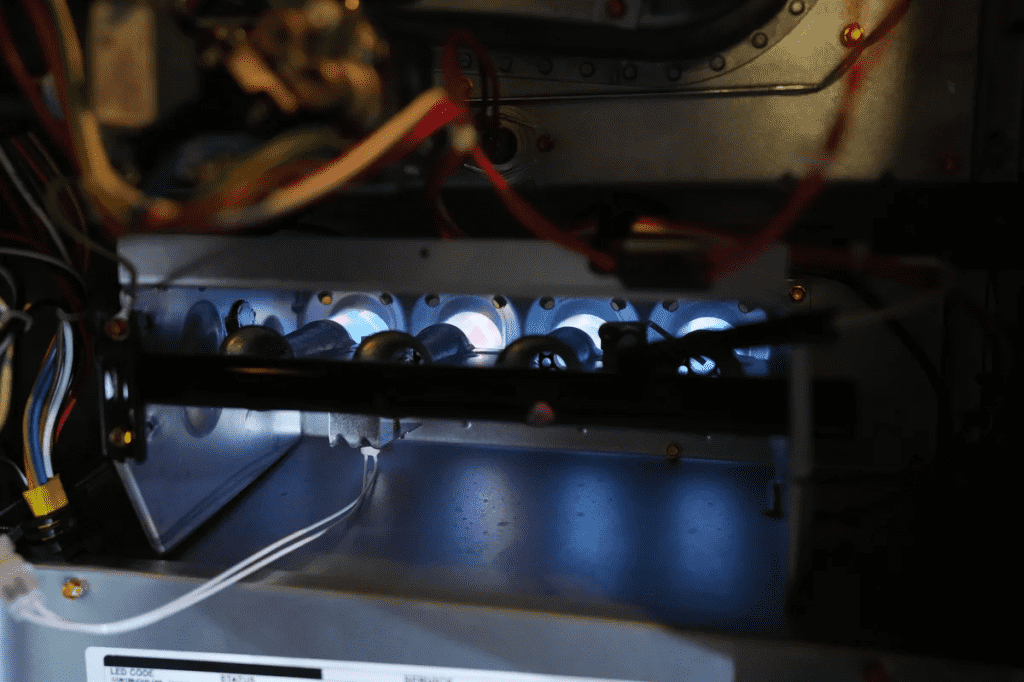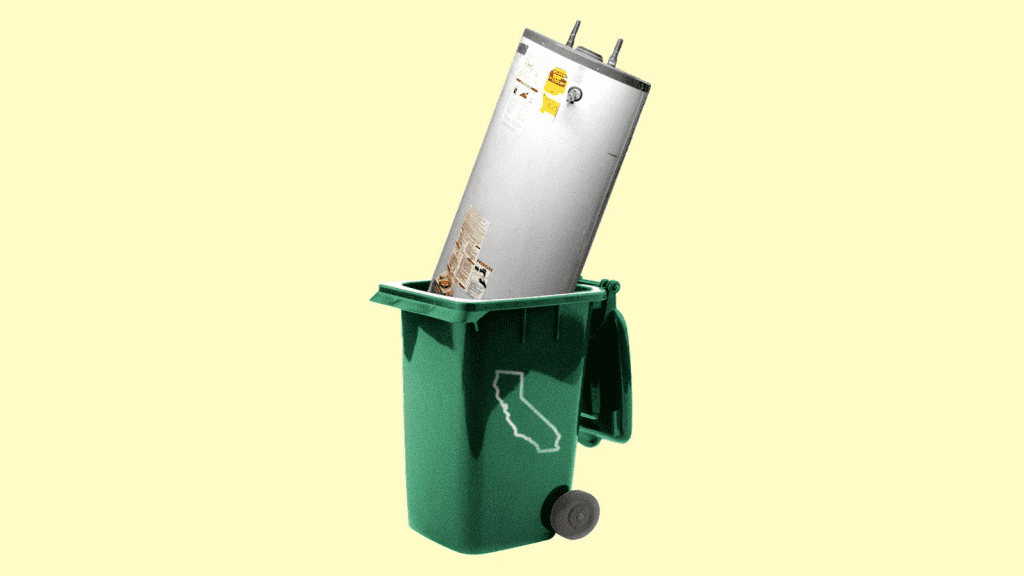The Golden State has recently become the first in the country to phase out fossil-fuel burners and heaters.
The California Air Resources Board (CARB) decided Thursday to prohibit the sale of new gas furnaces and water heaters beginning in 2030 as part of its continuous campaign to reduce ozone pollution. Instead, homes must install zero-emissions alternatives, such as electric heaters.
The vote is intended to comply with EPA standards that restrict ozone levels in the atmosphere to 70 parts per billion. Unfortunately, much of California is still beyond that boundary.
“We need to take every action we can to deliver on our commitments to protect public health from the adverse impacts of air pollution, and this strategy identifies how we can do just that,” said CARB Chair Liane Randolph.

The necessity for heaters was received with public responses, including the opposition. According to retired engineer Michael Kapolnek, the reduced emissions do not justify the cost to homeowners of costly retrofits such as improving electrical service. On the other hand, the American Lung Association and the Sierra Club both backed the action.
“This will reduce the building sector’s carbon footprint and improve public health. We also appreciate the commitment to equity-centred engagement and community input in all states of the process,” said Daniel Barad, senior policy advocate at Sierra Club California.
Buildings provide around 5% of the state’s nitrogen-oxide pollution, a major contributor to California’s infamous smog. According to CARB, space and water heaters account for roughly 90% of those emissions. The remainder is derived from activities such as cooking and drying clothes.

According to a SPUR assessment, California residences and structures emit four times the amount of nitrogen oxide pollution as all of the state’s gas power plants combined. They also emit around two-thirds as much nitrogen oxide as all the passenger automobiles on the state’s highways combined.
This latest measure will hasten California’s shift from fossil fuels to greener energy sources. This comes from previous tough climate measures made by state leaders this year.
Last month, CARB addressed the state’s largest source of pollution, transportation, by banning the sale of new gasoline-powered passenger cars and light duty trucks beginning in 2035.

The California Public Utilities Commission voted last week to remove the subsidies placed on builders to install gas connections in new construction starting in 2023. Public health professionals claim that indoor air pollution from gas cooking increases the prevalence of childhood asthma.
In California, gas furnaces won’t be obsolete in 2030. It, however, suggests that when furnaces and water heaters need to be replaced after eight years, there will only be zero-emission options available. The Act also contains rebate funding to help locals shift to emission-free technologies.


